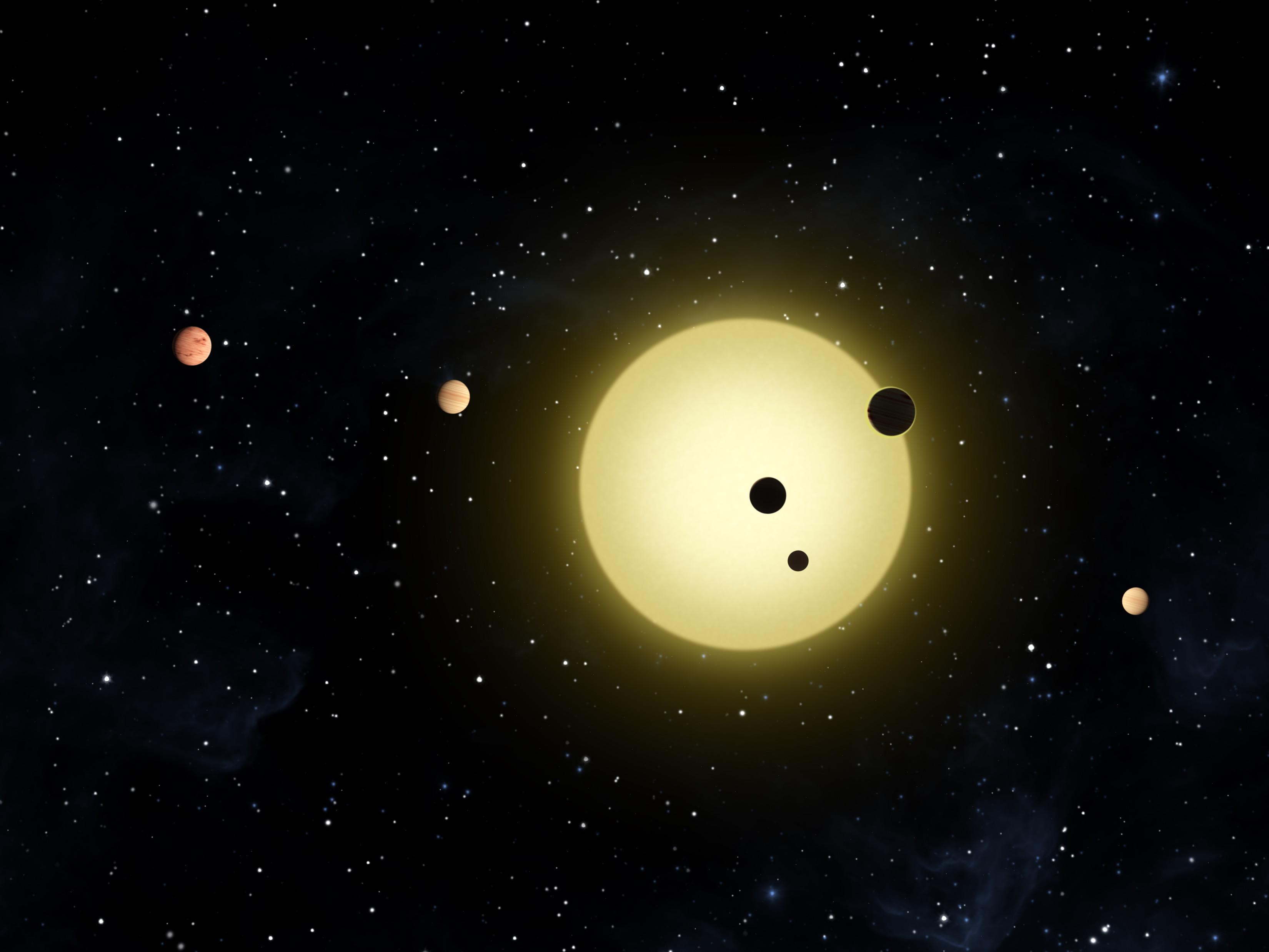With every passing year, more and more extra-solar planets are discovered. To make matters more interesting, improvements in methodology and technology are allowing for the discovery of more planets within individual systems. Consider the recent announcement of a seven-planet system around the red dwarf star known as TRAPPIST-1. At the time, this discovery established the record for most exoplanets orbiting a single star.
Well move over TRAPPIST-1! Thanks to the Kepler Space Telescope and machine learning, a team from Google AI and the Harvard-Smithsonian Center of Astrophysics (CfA) recently discovered an eighth planet in the distant star system of Kepler-90. Known as Kepler -90i, the discovery of this planet was made possible thanks to Google algorithms that detected evidence of a weak transit signal in the Kepler mission data.

